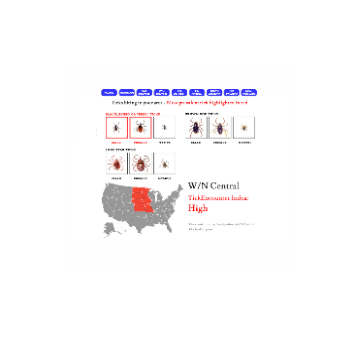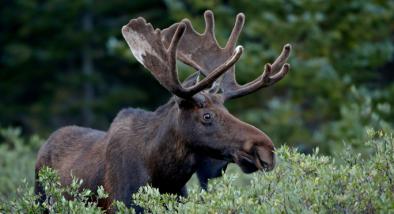Science Source
Using GPS collars to determine parturition and cause-specific mortality of moose calves
- States need for information on neonatal survival and cause-specific mortality of moose neonates
- Researchers monitored hourly movements of GPS-collared females for indications of calving
- From May 2 to June 2, 2013, researchers observed 47 of 73 collared females (50 known pregnant, 17 not pregnant, 6 unknown pregnancy status) make “calving movements” followed by a clustering of locations
- Researchers approached calving sites (after allowing a mean bonding time of 40.2 hr) and captured and GPS-collared 49 neonates from 31 dams
- Researchers closely monitored dam–calf movements and launched rapid investigative responses to calf mortality notifications to determine cause of mortality
- Twenty-five of 34 calves (74%) died of natural causes as of 31 December 2013, including 1 after natural abandonment, 1 after abandonment of unknown cause, 1 drowning, 1 unknown predator kill, 1 lethal infection from wolf (Canis lupus) bites, 4 black bear (Ursus americanus) kills, 12 wolf kills, and 4 “probable wolf kills"
- Research has implications for moose population management
Related Content
Real Time Data

Mar 29, 2016 | Tick Encounter Resource Center, University of Rhode Island
Current US Tick Activity
Headline

Mar 29, 2016 | onearth
What’s Killing Minnesota’s Moose?
Science Source
| National Wildlife Federation
Wildlife in a Warming World
Science Source
| Parasitology Research
Seroprevalence, isolation, first genetic characterization of Toxoplasma gondii, and possible congenital transmission in wild moose from Minnesota, USA
Shiv K. Verma, Michelle Carstensen, Rafael Calero-Bernal et al


